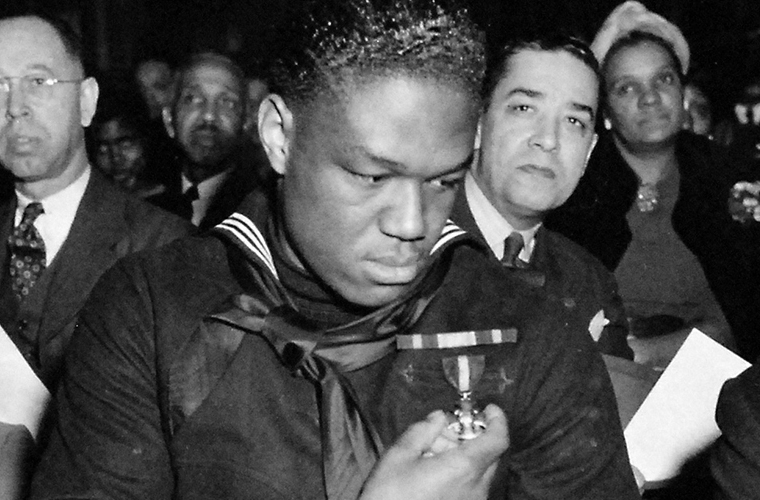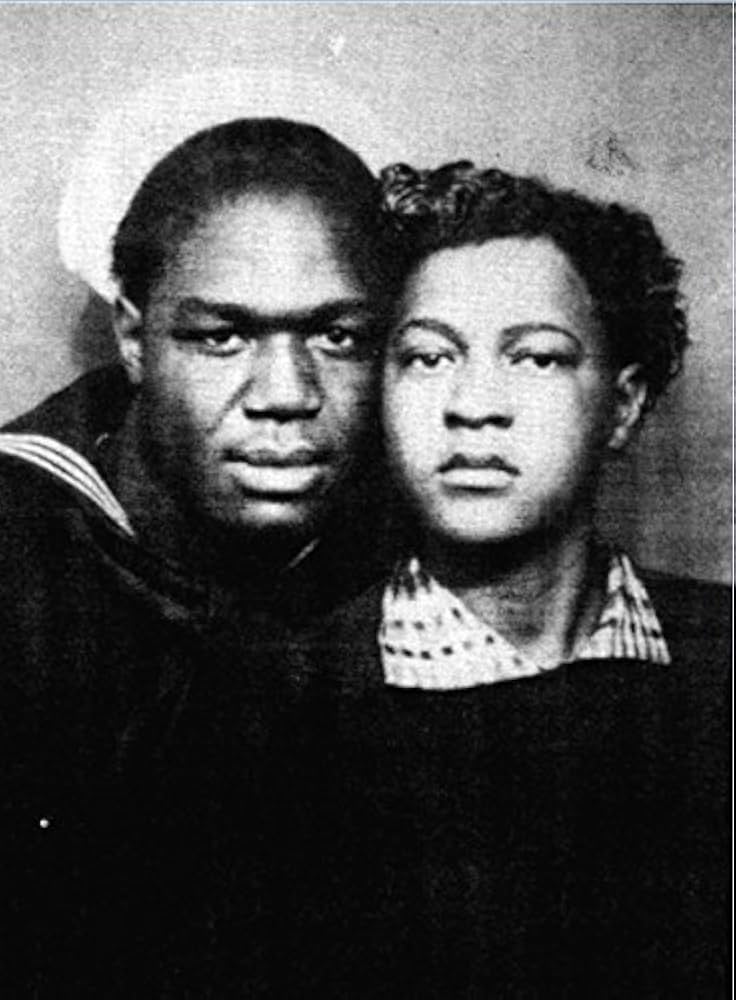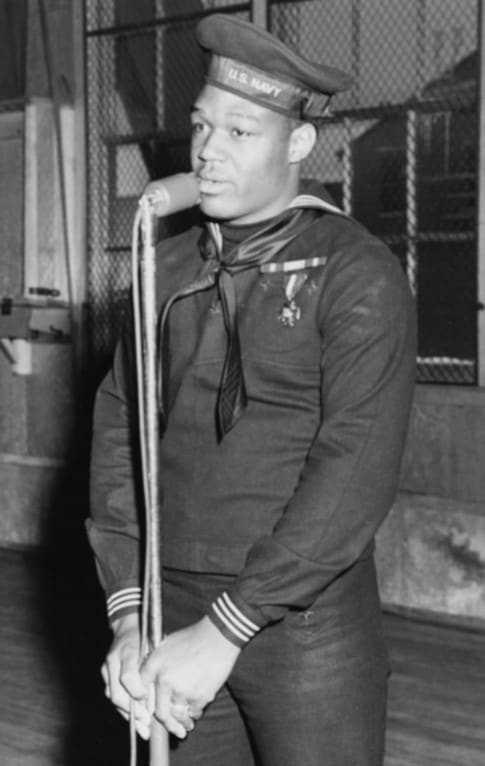Her Transformation Will Leave You Speechless!: Can You Guess Who This Iconic Star Is?
Paris Hilton’s life and career embody the evolution of modern celebrity itself — from tabloid fascination to entrepreneurial empire, from notoriety to influence. For over two decades, she has reinvented herself time and again, transforming from the “It Girl” of the early 2000s into a business mogul, DJ, and activist, proving that behind the glitter and the catchphrases is a remarkably strategic and resilient woman.
Born on February 17, 1981, in New York City, Paris Whitney Hilton was destined to live in the public eye. As the great-granddaughter of Conrad Hilton, founder of the Hilton Hotels empire, she grew up in a world of luxury, privilege, and expectation. Yet, even within that glamorous orbit, Paris was always different — charismatic, ambitious, and hungry for individuality. Her parents, Rick and Kathy Hilton, raised her in both New York and Los Angeles, giving her access to the best schools and elite social circles. But while other heiresses blended quietly into the background, Paris sought the spotlight.

Her first taste of fame came through modeling. Discovered as a teenager by Donald Trump’s modeling agency, she began appearing in magazines and advertisements. Her striking looks and confident demeanor quickly made her a fixture at high-profile events and fashion shows. However, what truly catapulted Paris Hilton to international stardom was her foray into
In 2003, Hilton debuted on the Fox reality series The Simple Life, alongside her childhood friend

During her time on television, Paris became a walking brand — her every outfit, quote, and party appearance meticulously documented by tabloids. She turned this attention into power, mastering the art of self-promotion long before social media existed. As she once famously put it, “I invented getting paid to just be myself.”
Beyond television, Hilton proved she was far more than a one-dimensional celebrity. In 2006, she released her debut pop album, Paris, which surprised critics and audiences alike with its chart-topping single
But while her entertainment ventures drew attention, her real success came from her

As years passed, Hilton began to shed her “party girl” image, revealing the woman behind the persona. Her transformation culminated in the 2020 documentary This Is Paris, which pulled back the curtain on the life she had carefully curated for decades. In the film, she opened up about her trauma from attending abusive “troubled teen” boarding schools — institutions that claimed to rehabilitate rebellious youth but often inflicted emotional and physical harm. The revelation shocked many who had long viewed her as carefree and untouchable. Through tears and honesty, Hilton shared her pain and resilience, exposing a more vulnerable side that resonated deeply with viewers.
Her decision to go public about her experiences marked a turning point. Hilton became a leading advocate for reform in the troubled teen industry, lobbying lawmakers and raising awareness about institutional abuse. She testified before the Utah State Legislature in 2021, pushing for the passage of a bill to increase transparency and accountability in youth treatment centers. Her activism gave her a new sense of purpose — one rooted not in fame, but in making a difference.

Today, Paris Hilton continues to evolve. She is a successful DJ, performing at major festivals and exclusive events around the world, including residencies in Ibiza and Las Vegas. She remains a sought-after entrepreneur, with her brand expanding into NFTs, digital ventures, and social media strategy. As of the 2020s, she has embraced her role as both a nostalgic icon and a forward-thinking businesswoman, seamlessly bridging the gap between Y2K nostalgia and modern digital culture.
Her personal life has also come full circle. In 2021, she married entrepreneur Carter Reum in a lavish yet heartfelt ceremony, marking a new chapter of stability and happiness. She has since embraced motherhood, welcoming two children via surrogate, and often speaks about the joys and challenges of balancing family life with her multifaceted career.
At 43, Paris Hilton has defied every stereotype attached to her name. Once dismissed as “famous for being famous,” she has proven herself a pioneer of personal branding, influencer marketing, and digital entrepreneurship — long before such terms were mainstream. She turned fame into a platform, reinvention into an art, and survival into strength.

What makes Paris Hilton truly fascinating isn’t just her transformation, but her self-awareness. She knows she played a role in shaping a generation’s obsession with celebrity — and she’s also rewriting what that legacy means. “I created a character,” she explained in her documentary. “But I’m ready for people to see who I really am.”
From reality TV star to global entrepreneur, from heiress to activist, Paris Hilton’s journey is a reflection of the last two decades of pop culture itself — chaotic, controversial, and endlessly evolving. Her story reminds us that behind every headline is a human being learning, growing, and redefining success on her own terms.
And in true Paris Hilton fashion, she’s still saying it best: “I’m not a dumb blonde. I’m just very good at pretending to be one.”
The Farm Boy Who Became a Hero: The Story of Doris Miller.

On October 12, 1919, in the small town of Waco, Texas, a boy named Doris Miller was born into a world divided by color lines. Segregation shaped nearly every part of his childhood. Restaurants, schools, buses, even opportunity itself—each came with barriers that reminded him of where society thought he belonged. But within those limits, Doris carried something no one could take from him: strength, perseverance, and a quiet determination to rise.

Tall and powerfully built, he stood out early for his athletic ability. On the fields and in the ring, he was respected not for the color of his skin, but for the undeniable force of his body and spirit. When he enlisted in the U.S. Navy in 1939, however, his strength was not honored with leadership or combat roles. Like most African Americans in uniform at the time, he was assigned to serve as a cook aboard the battleship USS West Virginia. He wore an apron instead of armor, carried trays instead of weapons. Yet fate had already chosen a different legacy for him.
That legacy would arrive on the morning of December 7, 1941.
The sun had barely risen over Pearl Harbor when the first Japanese planes tore through the sky. Bombs fell, torpedoes struck, and within minutes, the Pacific Fleet was in flames. Doris Miller heard the alarm and rushed to his assigned battle station—only to find it destroyed in the first wave of the attack. Smoke and fire filled the air, screams rose from every deck, and chaos threatened to consume the ship.
In that moment, Miller made a choice.

Though he had no formal training with weapons, he ran to an unmanned anti-aircraft gun. His massive hands gripped the weapon, his eyes focused on the enemy above, and he began to fire. The sky was filled with steel and fire, yet his aim was steady, his courage unshaken. Sailors later recalled watching in awe as Miller—a man the Navy had deemed fit only for kitchen duty—shot with precision and determination, downing Japanese planes in defense of his ship and his brothers-in-arms.
When his ammunition was spent, he didn’t stop. He turned to the wounded, lifting them with the same arms that had once carried heavy sacks of cotton and farm tools back in Texas. He pulled sailors from the smoke, dragging them to safety, refusing to rest even as fire raged around him. In those terrible hours, he became not just a cook, not just a sailor—but a hero.
News of his bravery spread quickly. For his actions, Doris Miller was awarded the Navy Cross, making him the first African American in history to receive that honor. In a time when segregation still haunted the nation, his recognition was more than a medal—it was a statement. It said that courage knew no color, and that heroism belonged to all who were willing to risk everything for others.
But Doris Miller’s story did not end at Pearl Harbor. He continued his service, assigned later to the escort carrier USS Liscome Bay. Two years after his moment of glory, on November 24, 1943, tragedy struck again. A Japanese torpedo slammed into the vessel, detonating the bomb magazine. Within minutes, the ship sank, taking more than 600 sailors with it. Among the lost was Doris Miller. He was just 24 years old.

Though his life was cut short, his legacy only grew. In 1973, the Navy christened the USS Miller (FF-1091) in his honor—the first U.S. Navy ship ever named for an African American. Decades later, in 2020, the Navy announced that a new aircraft carrier would also bear his name: the USS Doris Miller. From a boy born into the struggles of segregation to a man whose name now sails across the seas, his story continues to inspire.
Doris Miller was more than a sailor. He was a symbol of courage in the face of fear, of dignity in the face of discrimination, of service in the face of sacrifice. His actions at Pearl Harbor remind us that true heroes are often found in unexpected places—sometimes in the galley of a ship, wearing an apron, until history calls them to stand.
His life ended in the waters of the Pacific, but his legacy endures in every person who chooses courage over fear, service over self, and love of country over personal safety. Doris Miller’s name will forever echo as proof that greatness is not given—it is chosen, in the moments that test us most.




